
Pets and animal stories. Dogs and cats stories.





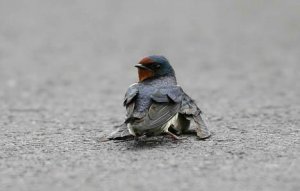
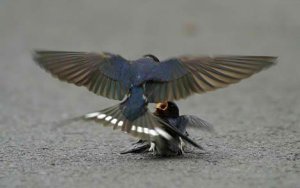
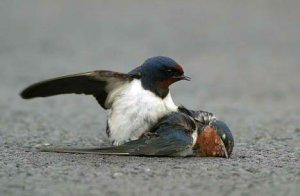
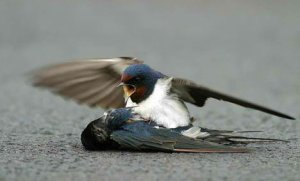
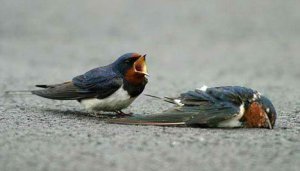
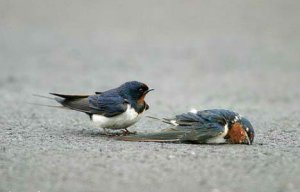
Growing to about a foot (30 centimeters) long, blind snakes act a lot like worms, burrowing under the surface of every continent except Antarctica. Unlike worms, though, blind snakes have backbones and tiny scales. "Continental drift had a huge impact on blind snake evolution by separating populations from each other as continents moved apart," said study co-leader Nicolas Vidal, of the Muséum National d'Histoire Naturelle in Paris. Now considered part of Africa, Madagascar split from what's now India about 94 million years ago. Since then, the blind snakes on Madagascar have changed enough to give rise to a whole new family, added Penn State biologist Blair Hedges, the study's other co-leader.
Blind Snakes Break Free of "Indigascar"
Blind snake fossils are nearly nonexistent, so their evolutionary history has been a mystery. But by comparing five genes from 96 far-flung blind snake species, the researchers were able to create a map of the snakes' evolutionary family tree. Using estimated time frames for genetic mutation, the team was able to estimate when the different species had arisen. The wormlike snakes first appeared on the southern supercontinent Gondwana, the team says.
As Gondwana split apart, the blind snakes were isolated to what the researchers call Indigascar—a landmass including what are now India and Madagascar. Relatively soon after the split, the newly recognized family arose, genetic data suggest.
Mystery of Blind Snakes' Spread
After the "Indigascar" split, blind snakes somehow migrated far beyond India and Madagascar. The snakes mysteriously appeared in Australia some 28 million years ago, for example—a period during which no land connections existed to that continent. And African and South American blind snake lineages apparently separated only 63 million years ago. That's some 40 million years after Africa and South America split up, so moving landmasses can't have caused the later evolutionary divide.
"No heaven will ever heaven be - Unless my pets are there to welcome me"
© Copyright 2009-2014 : PetsCharm.com